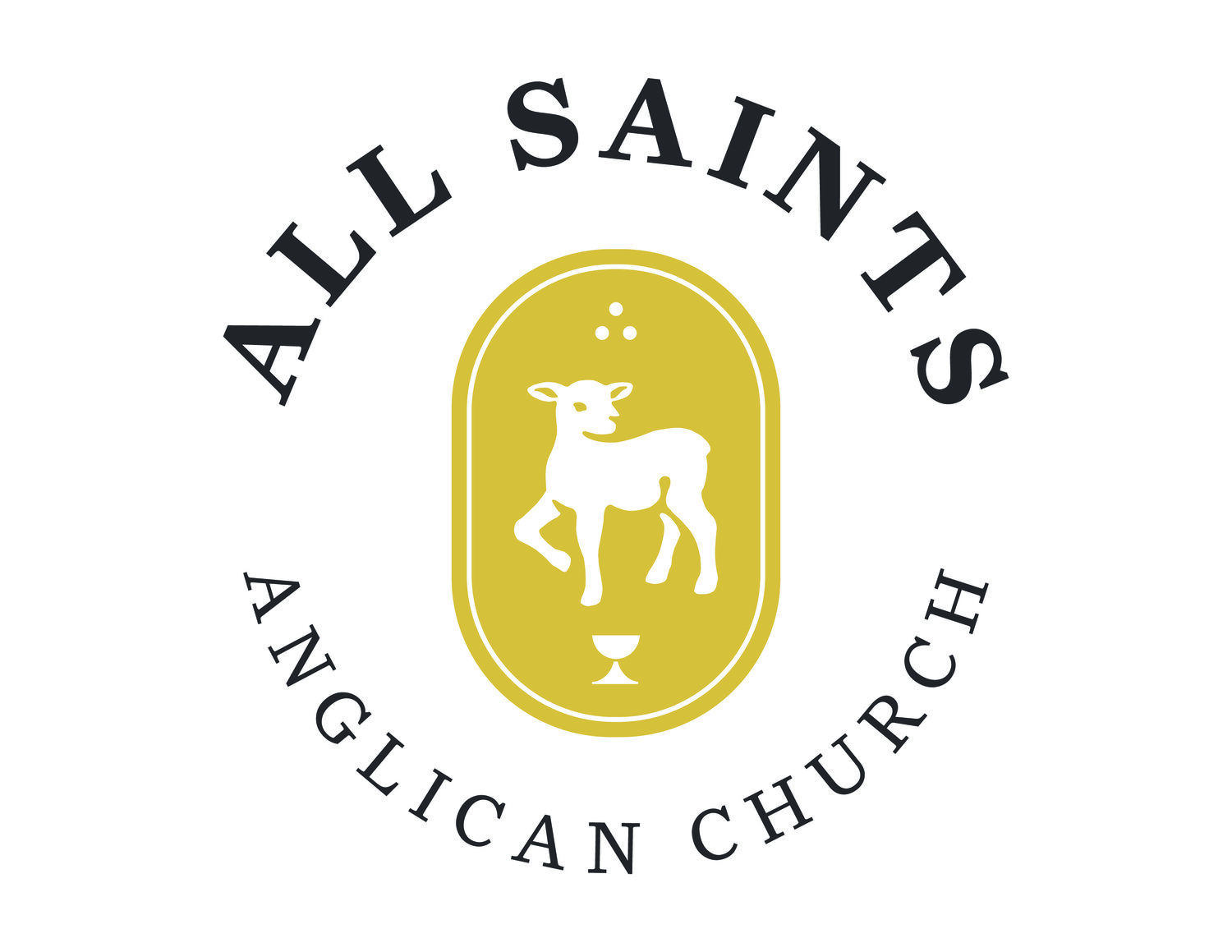James Jordan notes the curious way that Exodus 35:2-3 links the death penalty regarding the Sabbath ordinance with fire (Sabbath Breaking and the Death Penalty, 1986:35):
“On six days work can be done, and on the seventh there will be for you a holy day, a Sabbath of complete rest, for Yahweh; anyone doing work on it will be put to death. You will not kindle a fire in any of your dwellings on the day of the Sabbath” (LEB).
There was, of course certain kinds of things that we would place under the heading of “work” that actually were allowed on the sabbath: priests were to maintain the sanctuary, succor and aid were allowed to be offered to those in need, and I imagine a host of other things that were quite okay, like that a parent helping a toddler to the restroom or the care given to someone, human or animal, whose time has come and is in the throw of labor pains.
What was ceased on the Sabbath was the productive, consumptive, creative advancement of life under human dominion (I’m summarizing Jordan here). One day a week the advancement of the kingdom stood still and all attention was placed on the throne.
The connection with fire is not unimportant, it is not a scribal addition, nor is it a signal that what Moses is recording is a “stream of consciousness” mode of divine speech —like YHWH could have profited from cue cards. No. There is in the mind of YHWH a unique link between household fires being kindled and the sabbath. And though there are several things we could do with this link, there is one that I have become fixated on as of late:
The one fire that is allowed to be kindled on the sabbath is the altar fire. This brings the whole world back to the first day of creation, at the conclusion of the sabbath YHWH declares from the holy altar “Let there be light” (Gen 1:3). But the Sabbath is spent in the light of the altar, if food is cooked it is altar food, fellowship offerings.
This sets time clocking in Scripture to the fire of YHWH, who is himself a consuming fire (Deut. 4:24; Songs 8:6; Heb. 12:29). He is the central fire around which all our fires find their origin. All of my creational alchemy, ruling and sub-creating in God’s world, finds its place in God’s originary alchemy. All of my love and enjoyment finds its origin in the God who is Love (1 Jn. 4:8). All of my rest finds it origin in the God who is himself Lord of the Sabbath (Matt. 12:8). All of my feasting finds its origin in the God who is himself Feast (Mk. 14:22-26).
The hearth is the center of the household, and the central hearth of a community has always been understood to be the heart (with no ‘h’ at the end) of the community. Byung-Chul Han summarizes Gaston Bachelard’s Psychoanalysis of Fire (London: Routledge, 1964) effectively to this point:
“The fire confined the fireplace was no doubt for man the first object of reverie, the symbol of repose, the invitation to repose… Thus, in our opinion, to be deprived of a reverie before a burning fire is to lose the first use and the truly human use of fire... it leads to a very special kind of attention which has nothing in common with the attention involved in watching or observing… when near the fire, one must be seated; one must rest without sleeping” (14; as quoted in Han, Vita Conteplativa, Polity Press, 2024:6).
We can understand the Sabbath as a death-and-resurrection of Israel. By stomping-out their fires, their individual objects of reverie, and becoming re-centered on the One Fire, they find themselves inwardly renewed, their affections realigned, and their sense of reverie deepened.
This is both typological (about Christ) as well as Tropological (about life in the Church).
It is typological because on the Last Great Sabbath of the Old World, it is Jesus, YHWH Himself, The Fire Itself, who gets snuffed-out, who does not get kindled, whose light perishes in order that our lights might in him be renewed. When he rises on the 8th/1st day of the New Week of the world, He rises as a New Altar Flame, as the Sun of Righteousness, as Sunday Himself. Our keeping of the sabbath has moved because Sabbath himself moved.
It is tropological because it orders our keeping of the Sabbath in ways that are incredibly applicable as New Creation people. There are a ton of books right now about “Sabbath”. Some are good, others less so. The key I think that this thinking about fire emphasizes is the ordering of our hearth, the resetting of our household fires around the great Fire in the midst of his Church. On your “sabbaths” when you take “time off” are the things you are doing things that are driving you back to be recreated in the fire of the Lord, or do they aim at other things?
And here we find a key in our own etymological tangle of English: the origin of the word recreation: to be re-created.


